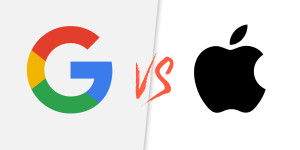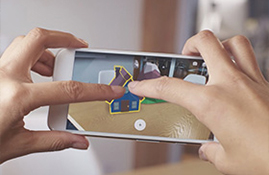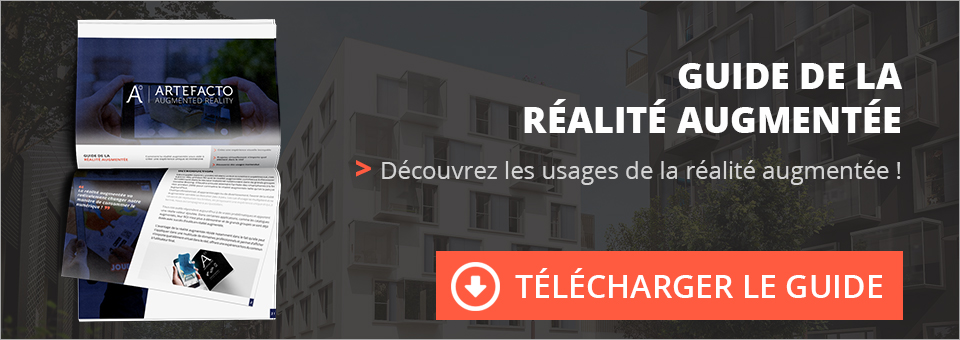Suite à la présentation d’ARkit au WWDC, Google a décidé de changer totalement de stratégie en abandonnant la technologie TANGO au profit d’une nouvelle plateforme baptisée ARCore. Disponible pour la fin de l’année, elle devient la nouvelle plateforme pour démocratiser la réalité augmentée sur smartphone et tablette Android. 
Du mouvement dans la réalité augmentée
Le secteur de la réalité augmentée est en pleine effervescence en ce 3e trimestre 2017. En effet, au début du mois de juin dernier, Apple profitait de sa Keynote pour présenter son nouvel outil ARKit. Véritable révolution pour la réalité augmentée, ce système propose une technologie stable et fluide qui permet d’afficher des éléments en 3D et 2D en superposition du réel sans avoir besoin de quelconque marqueur visuel et vous laissant libre de vous déplacer autour. Mais sa principale force est ailleurs : cet outil va être disponible sur tous les appareils Apple depuis l’IPhone 5S. La technologie est donc à la portée de plusieurs millions d’utilisateurs. On est donc à quelques semaines de voir fleurir une multitude d’applications utilisant cette nouvelle manière d’intégrer la réalité augmentée.
crédit: http://mashable.com/2017/06/05/ar-kit-apple-wwdc
La riposte de Google
Face à cette démonstration de force, Google misait sur TANGO, un système moins performant développé depuis plusieurs années. Cependant cette technologie nécessite une multitude de capteurs et n’est donc disponible que sur certains modèles haut-de-gamme bien spécifiques, limitant son développement pour le grand public. C’est donc ici le point noir amorçant la rupture avec cette technologie trop limitée en volume. Le changement de stratégie de la part de Google était donc inévitable afin de ne pas perdre totalement la course à la réalité augmentée mobile. L’objectif pour le géant de Mountain View est donc de proposer une technologie plus simple à mettre en place notamment en utilisant les capteurs photos existants sur les smartphones Android. En somme, une simple mise à jour logicielle disponible sur un maximum de smartphones et tablettes.
ARCore se montre déjà !
Malgré l’annonce de ce changement de cap très récente de Google, des aperçus sont déjà disponibles sur un site dédié afin de déjà voir les premières possibilités de cette technologie. Dans l’immédiat, Celle-ci n’est malheureusment disponible que pour les smartphones Google Pixel et Galaxy S8. L’entreprise table à terme sur 100 millions de smartphones compatibles, notamment en travaillant en collaboration avec différents constructeurs comme LG, Samsung, Huawei et Asus.
credit : Google
Selon Google, la technologie ARCore fonctionne selon 3 éléments présents :
- Le “Motion tracking” qui permet au smartphone de comprendre et tracker sa propre position dans l’espace.
- La compréhension environnementale qui permet au téléphone de détécter la taille et la localisation des surfaces horizontales.
- Le calcul de la lumière qui permet au smartphone d’estimer la lumière ambiante afin de parfaitement intégrer les éléments 3D dans le réel.
Vous souhaitez en savoir plus sur la réalité augmentée et ses usages ? téléchargez gratuitement notre guide !


